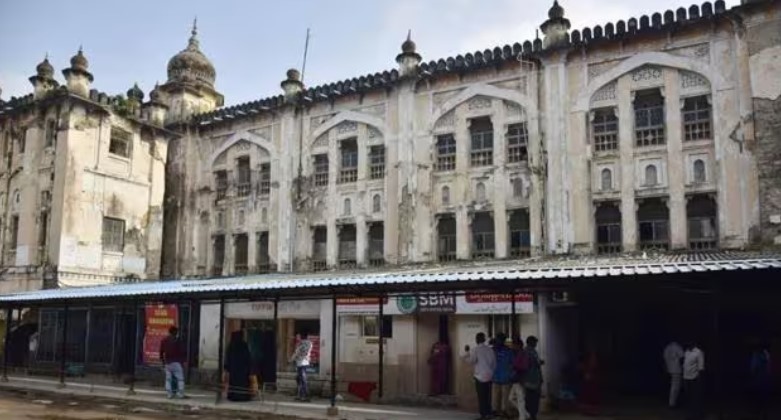
Preserving A Pillar Of Healing: Osmania General Hospital’s Historic Legacy Shines Amidst Restoration Debate.
Date:

Share post:
Legacy of Healing and Progress
Osmania General Hospital (OGH) in Hyderabad, which has stood as a symbol of medical progress and healing, now faces an uncertain future as the Telangana government contemplates its demolition. This iconic institution has witnessed remarkable milestones in the history of medicine and served as a testament to Hyderabad’s rich heritage.
Heritage vs. Progress
The decision to demolish OGH, including its heritage block, has sparked public interest litigations (PIL) seeking to preserve this iconic building. Experts and activists argue that while planning for the future is crucial, preserving the past is equally important. The heritage block holds cultural significance and represents the city’s identity.
Pioneering Medical Breakthroughs
OGH’s history is intertwined with medical breakthroughs that have left an indelible mark on the field of medicine. The hospital’s predecessor, Afzal Gunj Hospital, witnessed major milestones like the discovery of malaria by Nobel laureate Sir Ronald Ross and breakthroughs in anesthesia through international chloroform trials.
Resilience Amidst Adversity
The hospital’s history is marked by resilience in the face of adversity. It survived catastrophic floods caused by unprecedented rainfall, and a tamarind tree near the hospital saved lives during the Musi River flooding. Hyderabad’s last Nizam, Mir Osman Ali Khan, played a pivotal role in modernizing the city’s infrastructure after the bubonic plague hit.

Architectural Marvel
The architecture of OGH is a blend of Indo-Saracenic style with Mughal and British influences. Designed by British architect Vincent Esch, the hospital’s distinctive features include bulbous domes and historical motifs. The construction was completed in 1925, and the building reflects both British design principles and Mughal aesthetics.
A Fight for Preservation
In recent years, the heritage block of OGH faced challenges, including flooding and deterioration. Students and doctors have demanded urgent repairs, emphasizing the need for proper maintenance to provide better healthcare services. While there are debates about the future of OGH, the consensus is that the building requires repair and restoration.
Also Read: Healthy, Tasty, Affordable Snack Smarter with “Troo Good” Millet Treats by Raju Bhupathi
Battle Between Conservation and Progress
The controversy surrounding OGH centers on whether to demolish the heritage block or restore it. Conservation architects and historians advocate for its restoration, emphasizing its architectural significance and cultural value. Reports from INTACH and Telangana’s Department of Archaeology and Museums support the restoration of the heritage building based on conservation principles.

Preserving Identity and Heritage
The debate over OGH’s fate highlights the importance of preserving historical landmarks as markers of identity and cultural heritage. The hospital stands as a testament to Hyderabad’s evolution and resilience over the years. As the city grapples with the decision, the preservation of OGH’s legacy remains a poignant reminder of the past’s enduring impact on the present and future.
Also Read: Meet India’s Nutrition Crusader Dr. Khadar Valli, Revolutionizing Health From Grains to Greatness
